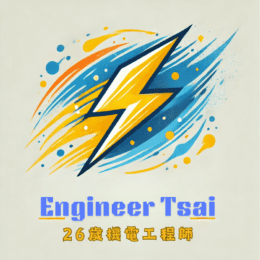🔗 What’s the Real-World Backdrop?
Let’s break it down this Global Risk:
📰 Investor’s Business Daily reports that the Israel–Iran clash has escalated to direct attacks—Israel allegedly launched airstrikes on Iran’s nuclear sites, prompting retaliation. The result? Oil prices are surging, and even big names like TSMC saw their stock take a breather. But don’t get it twisted—TSMC is still a major force in the AI chip race.
📰 Associated Press covered that Taiwan’s Ministry of Foreign Affairs has officially added Huawei and SMIC to its export blacklist. Translation? The global chip supply chain just entered a whole new chapter of geopolitical risk.
📰 And outlets like Cresset Capital are flagging real pain in the shipping lanes—Middle East freight routes are tightening up, logistics costs are climbing, and delivery timelines are getting fuzzier by the day.
These aren’t just headlines—they’re red flags for any engineer or team working across fabs, logistics, or chip design.
When you hear about Israel and Iran exchanging strikes, it might seem distant. But if you’re a semiconductor engineer in the U.S.—whether on fab floors, controls, or logistics—these global flashes signal major ripple effects.
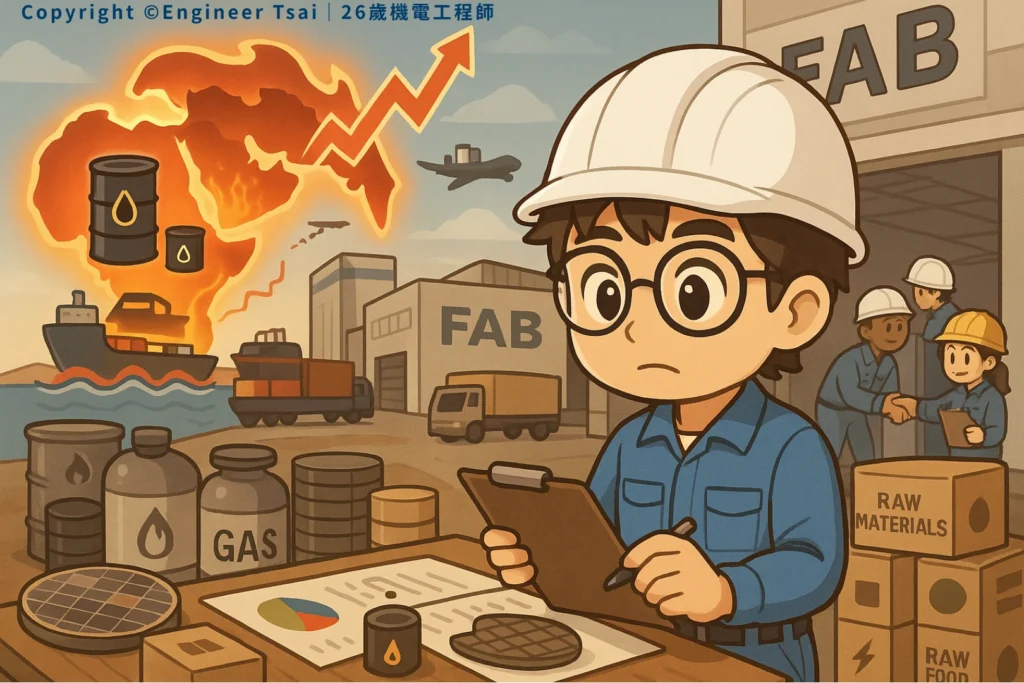
1️⃣ Oil & Shipping Costs Spike
Conflict near critical sea routes like the Strait of Hormuz drives tankers to reroute or avoid the area—fuel costs surge, shipping insurance skyrockets. According to Bloomberg, roughly 20% of world oil flows through the region.
💡 Takeaway: If your fab relies on imported gases, solvents, or raw materials, start stress-testing scenarios where transport costs rise 10–30%.
2️⃣ Cyber Risk Isn’t Far Away
Axios reports a 700% increase in Iranian-linked cyber activity targeting Israeli networks, with expectations of spillover cyber threats hitting U.S. critical infrastructure.
💡 Takeaway: Whether SCADA systems, PLCs, or mobile comms, ensure your install has segmented networks, updated firewalls, and routine access audits.
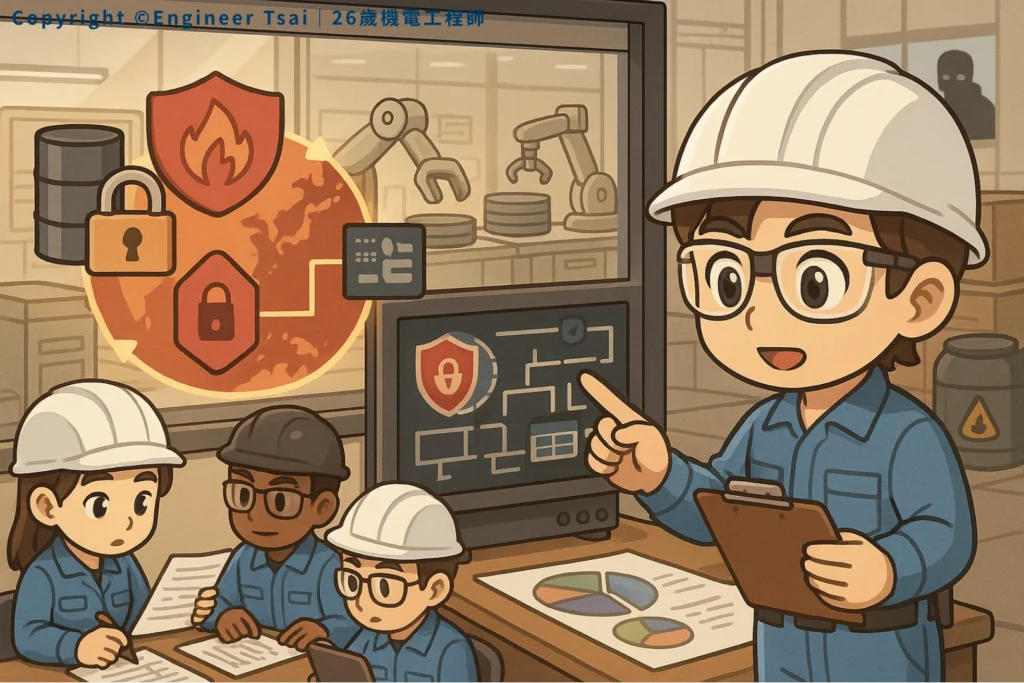
3️⃣ Kiss-Fab Strategy: U.S. vs. Taiwan
U.S. fabs—like TSMC’s Arizona fab—are getting built, but workforce and operational growing pains remain. American fabs still depend on global supply for wafer prep, packaging, and assembly.
💡 Takeaway: Engineers should level up on global coordination—inventory planning, cross-fab swap agreements, import delays, even foreign currency risk.
4️⃣ Export Rules & Geopolitics Collide
U.S. passed new export rules restricting advanced semiconductors to China. If war expands, expect more restrictions—limiting tools, designs, AI chips abroad.
💡 Takeaway: Working across global teams? Add dual-use clauses in agreements, seek export compliance training, or flag your chip designs for potential licensing issues downstream.
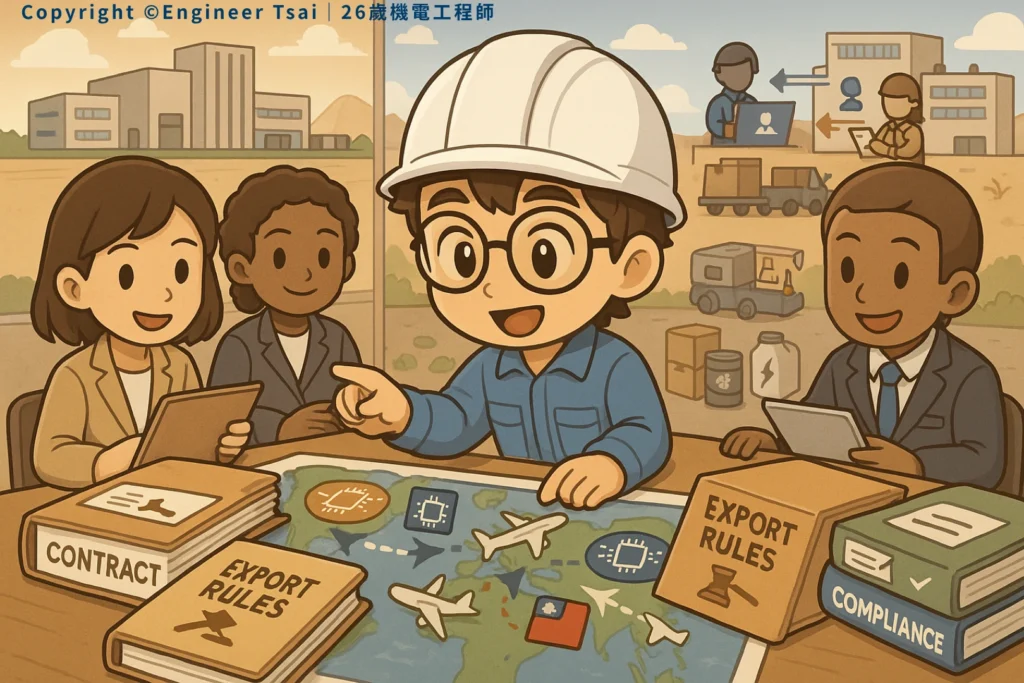
5️⃣ Spokes in the FPGA Wheel
Cloud computing, DoD AI, self-driving vehicle chips all rely on FPGAs. The Atlantic Council flags rising China competition in FPGA supply—but U.S.–Taiwan alliances still dominate fabrication.
💡 Takeaway: Familiarize yourself with FPGA supply chains—who packages and tests them? Can your product source from different fabs without redesign? Know your weakest links.
6️⃣ Talent Crunch in U.S. Fabs
AsiaTimes highlights U.S. fab projects need 300,000 skilled workers by 2030. Without them, fab timelines slip—and that exacerbates all other supply-chain stress .
💡 Takeaway: For early/mid-career engineers—consider upskilling in fab operations across chemical/materials/process engineering. And mentor or onboard junior staff to close that gap.
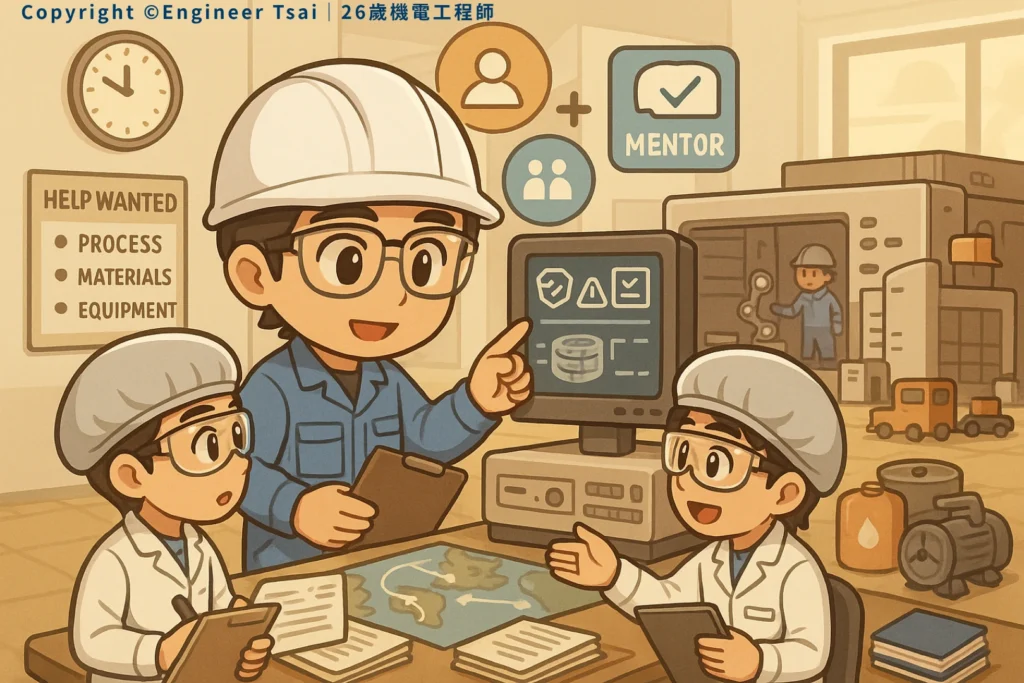
📣 Final Thought: This Isn’t Far-Away Stuff
Yes, rockets over the Middle East feel distant. But if you’re designing power systems, quality controls, or sourcing materials—these six alerts could reset your project timelines, sourcing costs, and tech readiness.
💡 Quick Giveaway:
To stay ahead, bookmark these:
- ⚡ Shipping cost + reroute scenarios
- 🧱 Cybersecurity hygiene checklist
- 📦 Alternate fab + inventory playbooks
- 🔐 Export + export-compliance triggers
- 🧠 FPGA vendor mapping
- 📈 Upskilling + mentoring roadmap
💬 Your Turn, Engineer
Which alert hits closest to home? Running out of masking fluid? Training your new hires? Share below your supply-chain pulse. And if you want a deep dive into any of these six—just say the word.
📌 Recommended Reads (Extended Learning)
🔹 Faraday’s Law of Electromagnetic Induction: Simple Guide with Real-World Uses
Learn the core behind how generators work—and why understanding AC generation is step one when assessing power-grid vulnerabilities.
🔹 Transformer Voltage Step-Up & Step-Down: What You Need To Know
A must-read if you want to understand how voltage levels get managed across countries, fabs, and chip equipment. This is the gear powering your production lines.
🔹 Diode Fundamentals: How It Regulates Voltage and Controls Current
Get clear on why this one-way traffic cop of electricity matters in semiconductors, power supplies, and even surge protection.
Like this breakdown? Follow along for more “engineering meets geopolitics” plays. 🔧
